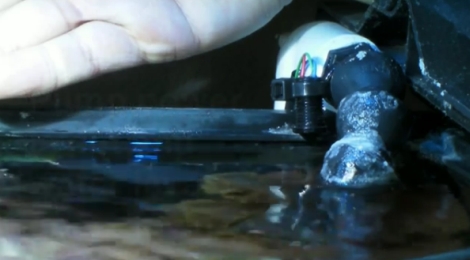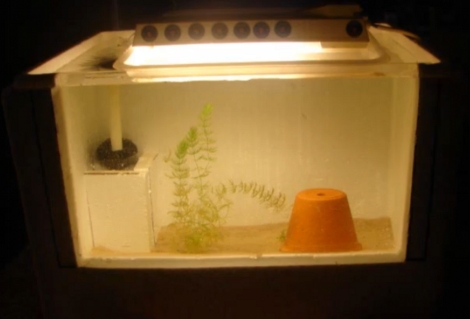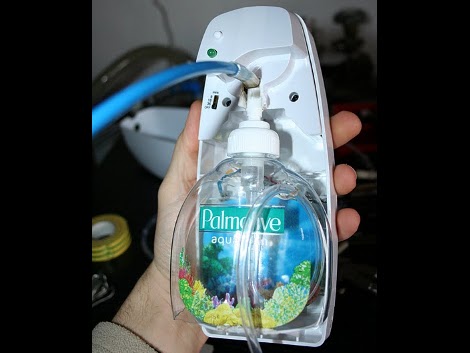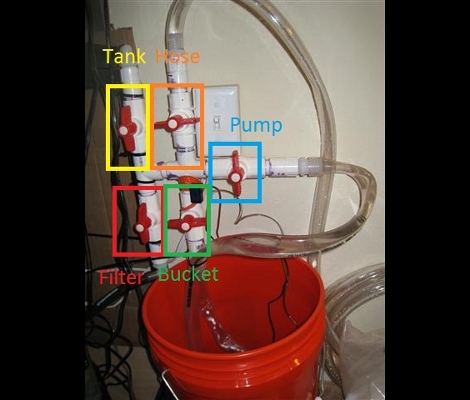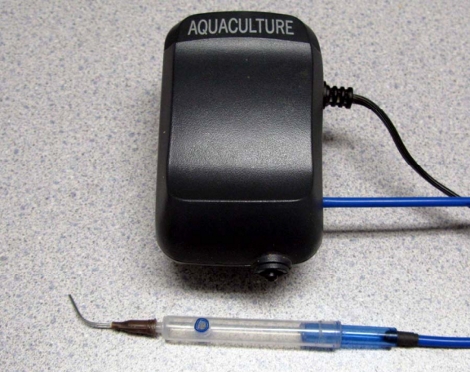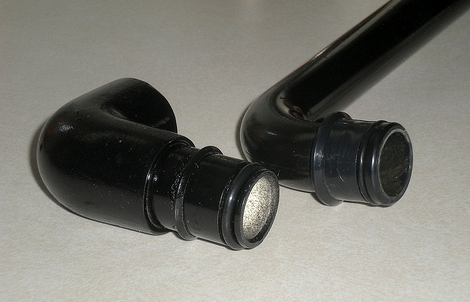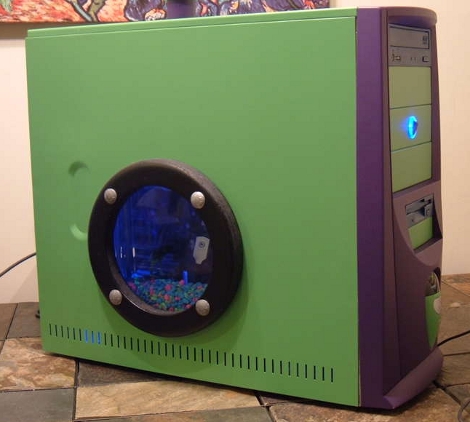If you’ve ever had a water leak in your home, you know the sinking feeling that comes over you as you walk through the door to the sound of running water. [Greg] knows this feeling quite well, having returned home to a sopping wet floor and an overflowing reef aquarium on more than one occasion.
Both of the overflows he experienced were due to a clogged drain in his display, but there was little he could do as far as walling off the drain from potential blockages. With all of the delicate creatures living in the tank, the only possible solution that came to mind was monitoring the aquarium’s water level.
Unfortunately he had no idea how to get this done aside from using probes (which would rust in the salt water) or expensive off the shelf systems. [erich_7719] from the All About Circuits forums helped [Greg] out and designed a circuit for him which would monitor the water level using an IR sensor. The circuit simply shuts off the pump if the water level gets precariously high. As you can see in the video below it works quite well, and as a safety measure, requires a manual restart of the pump once the high water sensor has been tripped.
If you have a need for the same sort of setup, swing by his site for a detailed schematic as well as a bill of materials.
Continue reading “Aquarium Overflow Sensor Saves Your Fish And Your Floors”

